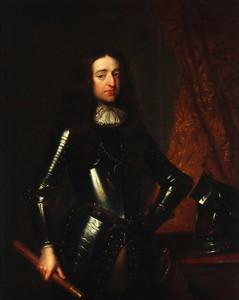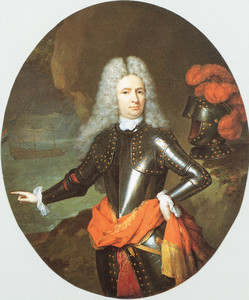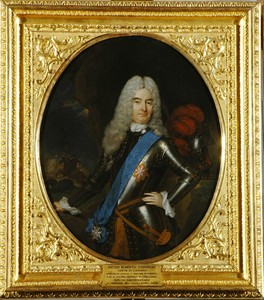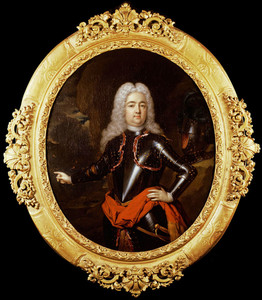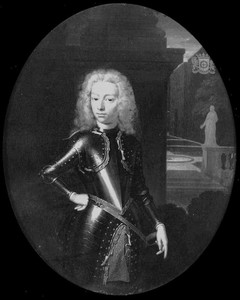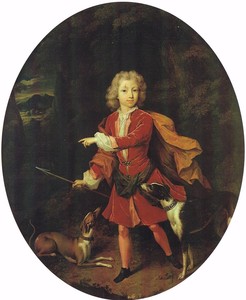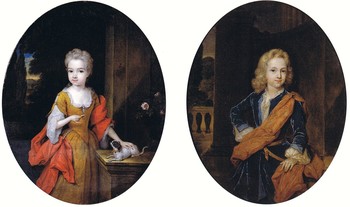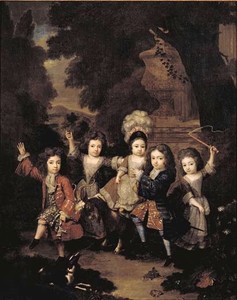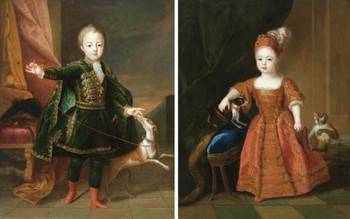Constantijn Netscher
Portrait of Pier Roberto Tapparelli d’Azegglio
Oil on oval canvas : 48 X 44 cm
Unsigned
Circa 1710/1711
Turin, Palazzo Madama
(probably painted while the sitter was ambassador in The Hague for Frederick August I of Saxony)
This is a comparative item
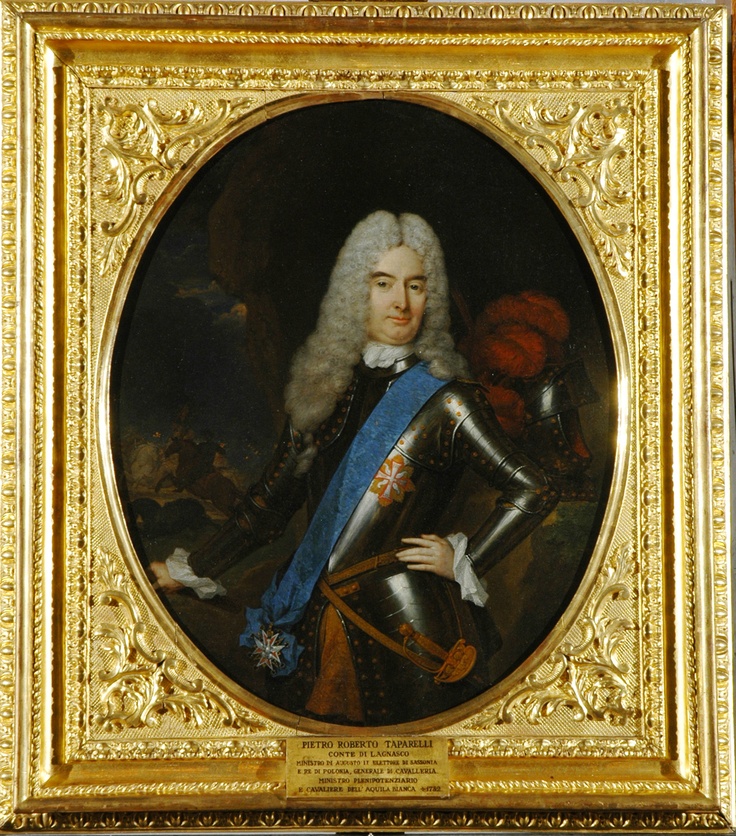
Painting for Sale
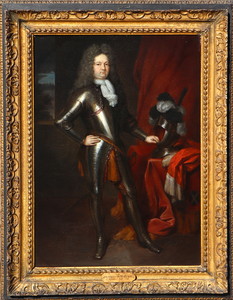
Netscher, Constantijn
"Portrait of Charles du Han de Martigny "
Comparative paintings
Click photos for more details

